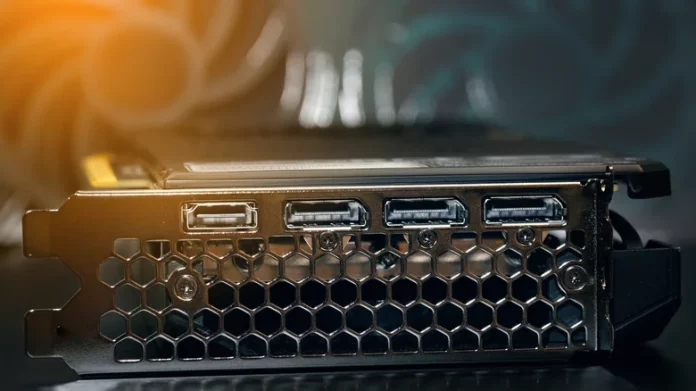Two of the most common connections for transmitting high-quality video and audio today are HDMI (High-Definition Multimedia Interface) and DisplayPort. These modern standards have long replaced legacy VGA and DVI ports found on older PCs and projectors. If you’re shopping for a monitor, you’ll likely see both HDMI and DisplayPort inputs. TVs, meanwhile, continue to favor HDMI almost exclusively — which can make it tricky to decide which one best suits your setup.
Both deliver sharp visuals and clear audio, but they’re built for different priorities. DisplayPort caters primarily to PC users, especially gamers and creators, while HDMI dominates TVs, gaming consoles, and home theater systems. Understanding what each does best can help you make a smarter connection choice.
What HDMI Excels At
HDMI is an industry-standard interface maintained by HDMI Licensing Administrator, Inc., and it’s built for maximum compatibility. You’ll find HDMI ports on everything from TVs and laptops to game consoles and streaming boxes. That versatility makes HDMI the plug-and-play choice for most entertainment devices.
As of 2025, HDMI 2.1 supports up to 48 Gbps, enabling 4K at 120Hz or 8K at 60Hz video with HDR. The new HDMI 2.2 standard, introduced in 2025, doubles the bandwidth to 96 Gbps, allowing up to 16K at 60Hz output. This makes HDMI a strong option for next-generation TVs and consoles like the PlayStation 5 and Xbox Series X.
HDMI also includes advanced audio features like eARC (Enhanced Audio Return Channel), which transmits lossless surround formats such as Dolby Atmos and DTS:X directly from your TV to a soundbar or receiver. That makes it ideal for a simplified home-theater setup without separate audio cables.
However, HDMI’s strengths center on compatibility and convenience — not necessarily raw performance. The standard’s limited multi-monitor and bandwidth flexibility can make it less optimal for high-refresh gaming or professional content creation workflows.
What DisplayPort Does Better
Developed by the Video Electronics Standards Association (VESA), DisplayPort was designed from the ground up for high-performance computing. It’s far more common on PC graphics cards, high-end monitors, and docking stations, and also operates through USB-C ports via DisplayPort Alt Mode — enabling video output from laptops, tablets, and even smartphones.
The latest DisplayPort 2.1 standard offers up to 80 Gbps of bandwidth via UHBR20 lanes — nearly double HDMI 2.1 and still ahead of HDMI 2.2 in real-world availability. That enables impressive setups such as 8K at 120Hz or 4K at up to 240Hz, and even daisy-chaining multiple monitors through Multi-Stream Transport (MST). For professionals running multi-display rigs or creators editing 8K footage, that’s a major advantage.
DisplayPort also supports native Adaptive Sync, including NVIDIA G-Sync and AMD FreeSync, ensuring smoother gameplay with minimal input lag and screen tearing. It’s preferred by competitive gamers who prioritize refresh rates of 144Hz or higher.
DisplayPort doesn’t support high-bitrate audio standards like Dolby Atmos, but for pure visual performance, color accuracy, and flexibility, it’s still unmatched in the PC and workstation world.
Choosing the Right Connection
- For PC gaming and workflow setups: Go with DisplayPort. You’ll get higher refresh rates, smoother adaptive sync,
and better multi-monitor functionality. - For consoles and home theaters: Stick with HDMI. The eARC audio support and wide device compatibility make it
ideal for entertainment setups. - For hybrid users (laptop + monitor): Use USB-C with DisplayPort Alt Mode — the best of both worlds for
flexibility and performance.
In short, HDMI remains the king of living rooms, but DisplayPort continues to dominate desks and studios. By 2025, the gap between them is closing fast — with HDMI catching up in bandwidth and DisplayPort extending its reach through modern USB4 and Thunderbolt integration. The best one for you comes down to how — and where — you watch or play.





